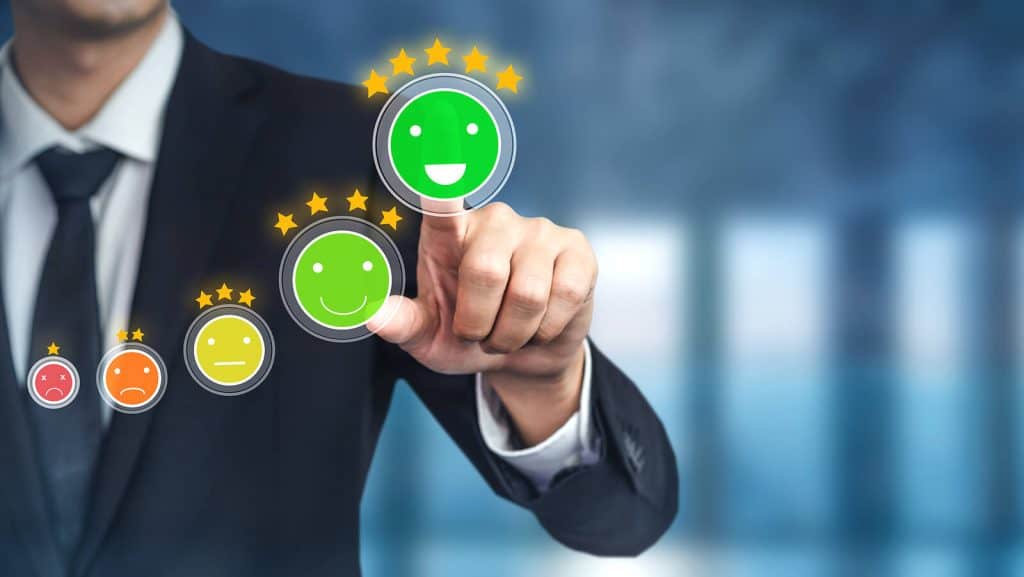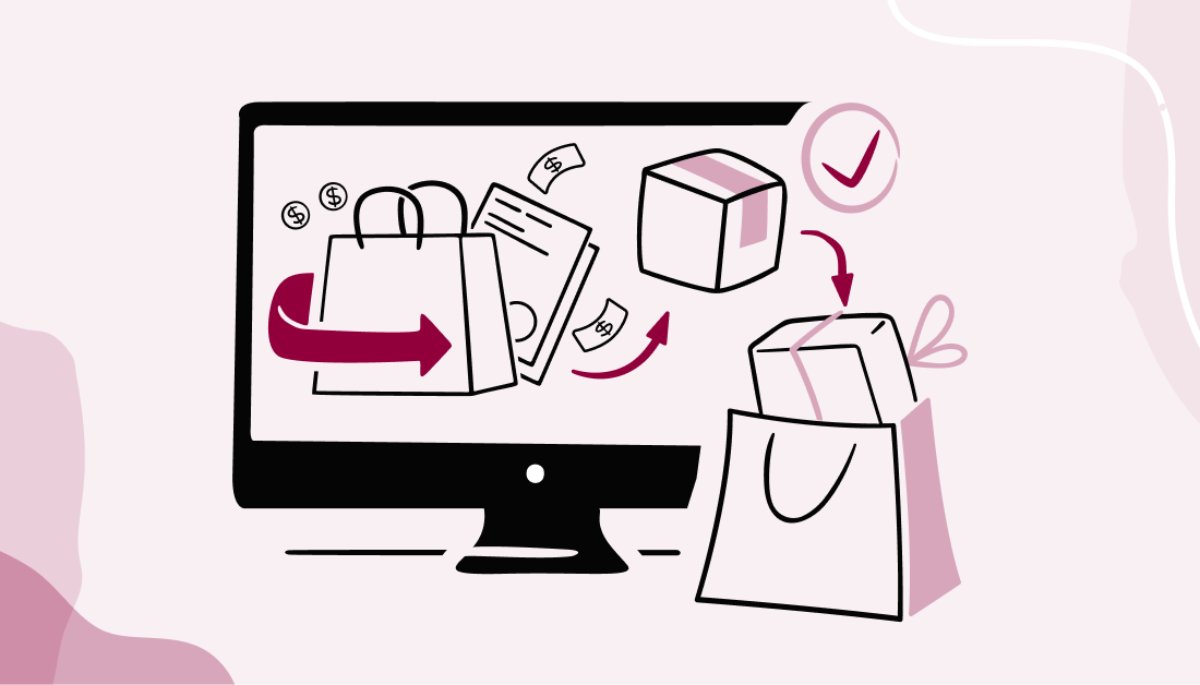In e-commerce, generating maximum revenue from existing customers is critical. One great approach to clarify this for your customers is / two strategies to implement upselling and cross-selling. These techniques are used in boosting average order value (AOV) and consumer contentment through relevant recommendations.
Apply upselling and cross-selling techniques to online stores to maximise profits from a single transaction and provide value for your customers. This may be achieved by seamlessly applying these strategies, with the goal of creating a pleasant shopping experience with no excess hard selling.
This guide will discuss the best upselling and cross-selling techniques for online stores. Learn how to apply these tactics ethically, increase conversions, and improve your users’ shopping experience.
Understanding Upselling and Cross-Selling
Let’s clarify the difference:
- Upselling: Encouraging customers to buy a higher-end version of what they want. This increases the average order value and revenue per sale.
- Cross-selling: Suggesting related products to complement the primary purchase. This enhances customer satisfaction by offering items they might need.
When done right, both techniques can boost satisfaction and revenue per transaction.
Why Upselling and Cross-Selling Matter
E-commerce businesses that use these methods can expect the following:
- Increased Revenue: Upselling can raise revenue by 10-30%.
- Better Customer Experience: Relevant suggestions improve convenience and lead to more repeat purchases.
- Higher Customer Lifetime Value (CLV): Encouraging repeat buys builds long-term relationships, increasing customer value.
- Improved Inventory Turnover: Complementary sales help move stock quickly, reducing costs.
Effective Upselling Strategies

1. Offer Value-Driven Upgrades
Instead of just pushing a pricier option, show why the upgrade matters. Highlight features that add real benefits, like:
- Better materials (e.g., leather vs. synthetic)
- More functions (e.g., a laptop with more RAM)
- Cost savings (e.g., energy-efficient appliances)
Example: Apple
When buying a MacBook, Apple suggests upgrades for storage or RAM, focusing on performance gains. This is a prime example of upselling for online stores that enhances customer experience.
2. Use Side-by-Side Comparisons
Customers are more likely to choose an upgrade if they see clear benefits. Comparison tables can help them decide.
Example- Feature Standard Laptop or Premium Laptop
- Battery Life- 6 hours,12 hours
- Processor- i5,i7
- Storage- 256GB SSD,512GB SSD
- Display- Standard LCD, Retina Display
3. Leverage Psychological Pricing
Use anchoring to make higher-priced items seem better. Show three pricing tiers:
- Basic (Least expensive, fewer features)
- Recommended (Mid-range, best value)
- Premium (High-end, luxury)
This makes the mid-tier option seem like the best deal.
Example: SaaS Pricing
Software companies like Shopify use tiered pricing to guide users toward the best value plan by highlighting the mid-tier option.
4. Personalised Upselling with AI
AI recommendations analyse browsing habits, past purchases, and preferences to suggest the best upgrades.
Tools for AI-based upselling:
- Shopify’s Personalised Recommendations App
- Amazon’s “Customers Also Bought” feature
Effective Cross-Selling Strategies
1. Bundle Complementary Products
Encourage customers to buy related items together with discounted bundles. Bundling boosts average order value and offers a better deal.
Example: Beauty Industry
A skincare store might bundle a moisturiser, serum, and sunscreen at a lower price than buying separately.
2. “Frequently Bought Together” Sections
Showcasing frequently bought-together products creates natural cross-sell opportunities. Amazon’s “Frequently Bought Together” section is a great example.
Example: Electronics Store
When buying a camera, customers might see a lens, memory card, and carrying case as suggestions, encouraging additional purchases.
3. Post-Purchase Cross-Selling
The sales process continues after checkout. Post-purchase emails can suggest related accessories or add-ons.
Example: Fashion Retail
After buying a dress, an email recommending matching shoes and handbags can drive another sale. This keeps customers engaged and boosts retention.
4. Limited-Time Offers
Scarcity tactics like “Buy this laptop today and get 20% off accessories” can prompt impulse buys. Creating urgency makes customers eager to act before the deal expires.
5. Use Chatbots for Smart Cross-Selling
AI chatbots offer real-time product suggestions based on customer needs, making shopping more interactive.
Example: Furniture Store
A chatbot might ask, “Would you like a matching bedside table with your new bed?” This would enhance the shopping experience and boost the average order value.
Common Mistakes to Avoid
While upselling and cross-selling are powerful, they must be done ethically and strategically. Avoid:
- Aggressive Sales Tactics: Pushing unnecessary upgrades can annoy customers and reduce trust.
- Irrelevant Recommendations: Suggesting unrelated items lowers conversion rates and satisfaction.
- Overloading with Choices: Too many options can cause decision fatigue, leading to abandoned carts.
- Not Testing Strategies: Use A/B testing to refine what works best and adjust accordingly.
Best Practices for Success
To maximise upselling and cross-selling:
- Use Data-Driven Insights: Analyze customer behaviour to personalise recommendations.
- Keep Recommendations Subtle: Integrate suggestions smoothly into the shopping experience.
- Reward Repeat Customers: Offer exclusive deals to loyal buyers.
- Leverage Social Proof: Highlight customer reviews to build trust and encourage purchases.
Use these Strategies to Enhance Customer Satisfaction

In e-commerce, upselling and cross-selling are integral strategies in boosting average order value and enhance customer satisfaction. When executed mindfully, they enrich the shopping experience and build brand loyalty.
Experiment with personalised recommendations, bundle them and ensure they provide real value to a client’s journey.
Ready to boost your store’s revenue? Start applying these strategies today and watch your sales soar!
What’s Next?
- Subscribe to our newsletter for more e-commerce growth tips.
- Need expert help? Book a free consultation with our e-commerce specialists!


